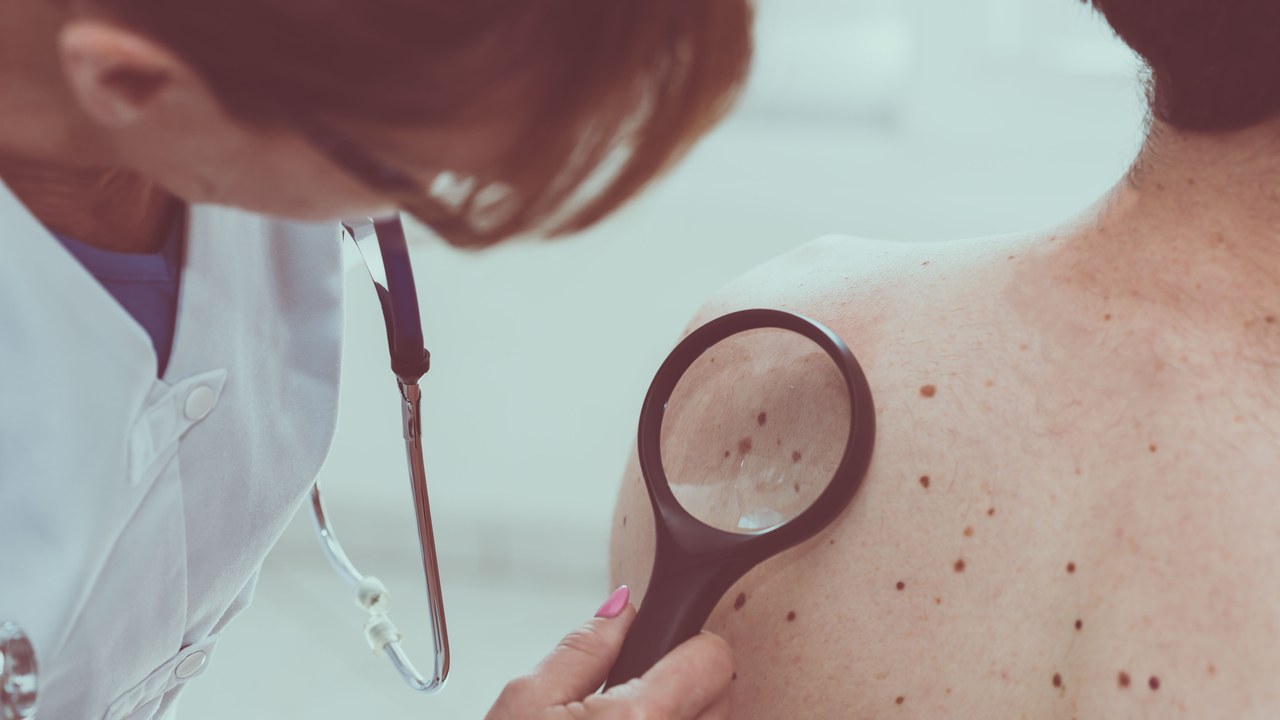A crisp fall day doesn’t sound so bad but for many it signifies what’s ahead: Mother Nature’s winter wrath! Since the harsh weather can wreak havoc on your skin, the key to protecting your healthy glow is “moisture, moisture, moisture!” according to New York City-based dermatologist, Ariel Ostad, MD. Here are 4 easy ways to winterize your skin routine.
Steer clear of hot showers and harsh cleansers.
If you want to avoid ‘Winter Itch,’ and winterize your skin routine then pay attention to the water temperature in your bath or shower. Hot water strips moisture from the skin, which is why you can experience flaky, itchy skin at some point during the winter chill. Additional culprits may be wind, dry indoor air, or low humidity—all factors beyond your control. But what you can take charge of is what type of cleanser you use.
Some cleansers are irritating and can lead to eczema, dermatitis, and excessive dryness. Replace these with non-alkaline, soap-free cleansers that are more mild and won’t deplete your skin’s precious moisture or strip natural oils, says Dr. Ostad. “Look for some beneficial plant-based ingredients like essential oils, jojoba oil, and shea butter oil to lock in moisture.” Avoid petroleum ingredients and harsh synthetic surfactants such a sodium lauryl sulfate, which can strip your skin of natural oil and cause chapping and dryness.
Moisturize daily.
When moisturizing, use a non-scented lotion like CeraVe Moisturizing Cream or Aveeno Daily Moisturizing Lotion, recommends Dr. Ostad. And pay special attention to your hands, feet, elbows, and knees–not just your face. Apply moisturizer twice daily and use a lactic acid-moisturizer to help exfoliate dead, dry skin while infusing moisture back in. Another trick: Put on a layer of hand cream prior to slipping on gloves or mittens to best lock-in moisture.
Stay hydrated.
Moisturize your body inside and out by drinking plenty of fluids. The Institute of Medicine recommends about 9 cups of total beverages a day for women and about 13 cups total for men. In addition to water, drinks including hot tea with lemon, green tea, as well as water in foods like fruit, vegetables, lean meat, and soups can help you retain moisture. Another way to maintain hydration is by using a humidifier. When you’ve got the indoor heat blasting, it snatches moisture from the environment which makes the air dry as well as your skin. A humidifier will add water vapor to the air, which indirectly helps the skin retain needed moisture.
Apply sunscreen.
It might feel cold outside but that doesn’t mean that the strength of the sun’s ultraviolet (UV) rays are any less, says Dr. Ostad. Winter sun combined with snow glare poses damage to your skin. Snow can reflect up to 80 percent of UV rays and increase your exposure, so keep this in mind when you’re on your next ski vacation! In fact, the higher your altitude, the greater your UV exposure.
Ideally you want to avoid too much sun exposure year-round, but you still need to get some Vitamin D into your body. According to the American Academy of Dermatology, a great way incorporate Vitamin D is through a healthy diet since dietary sources don’t prematurely age your skin or increase your risk of developing skin cancer. “Eat Vitamin D rich foods likes mushrooms, salmon, and shrimp,” recommends Dr. Ostad. Other good sources include fortified milk, cheeses and yogurt, fortified cereal, and vitamin supplements.





















